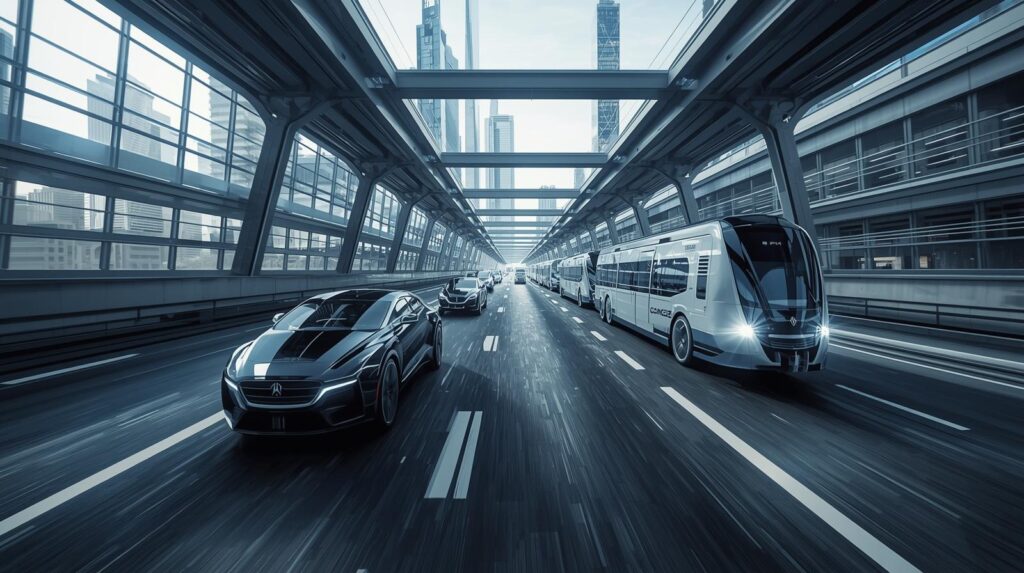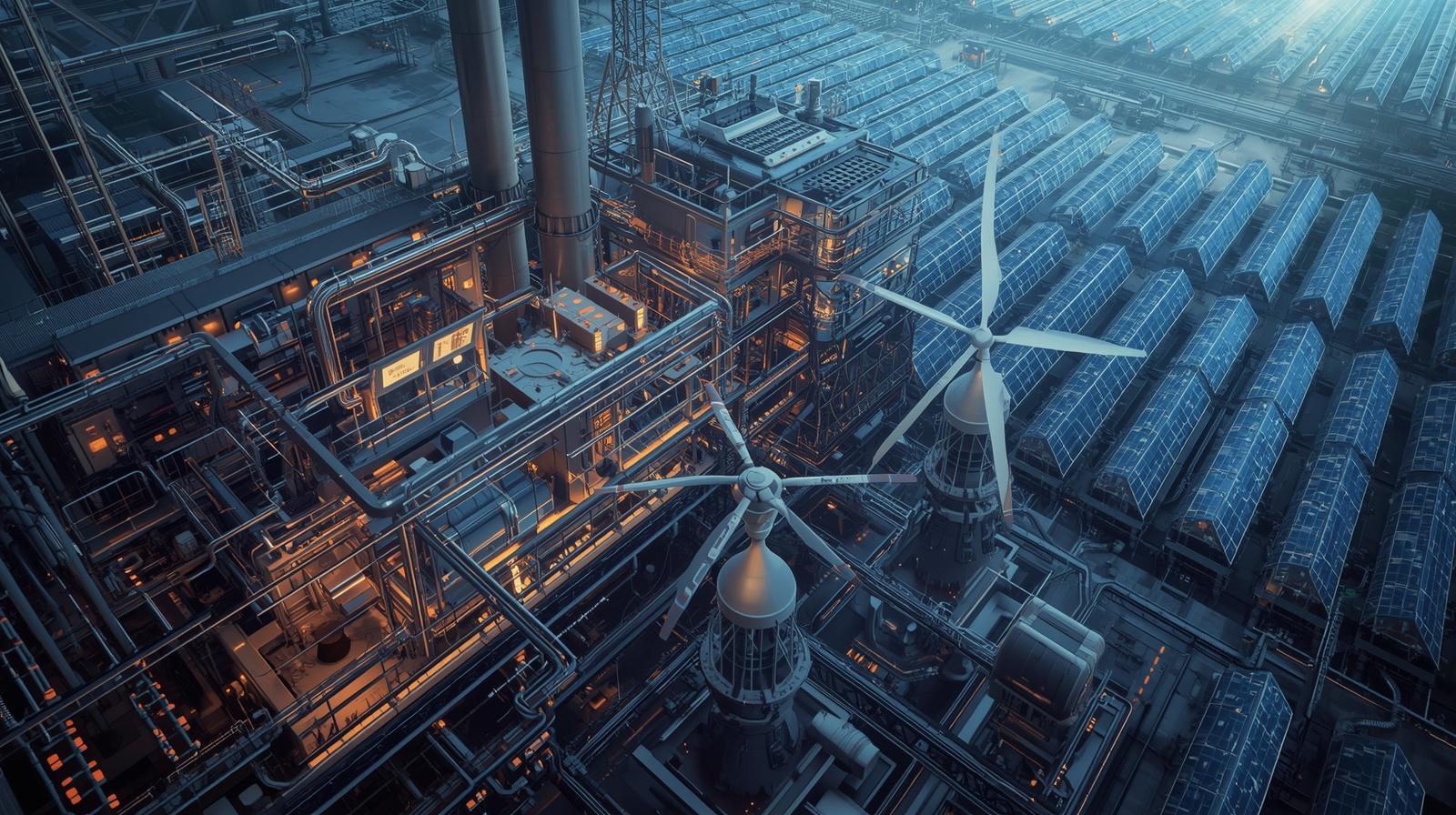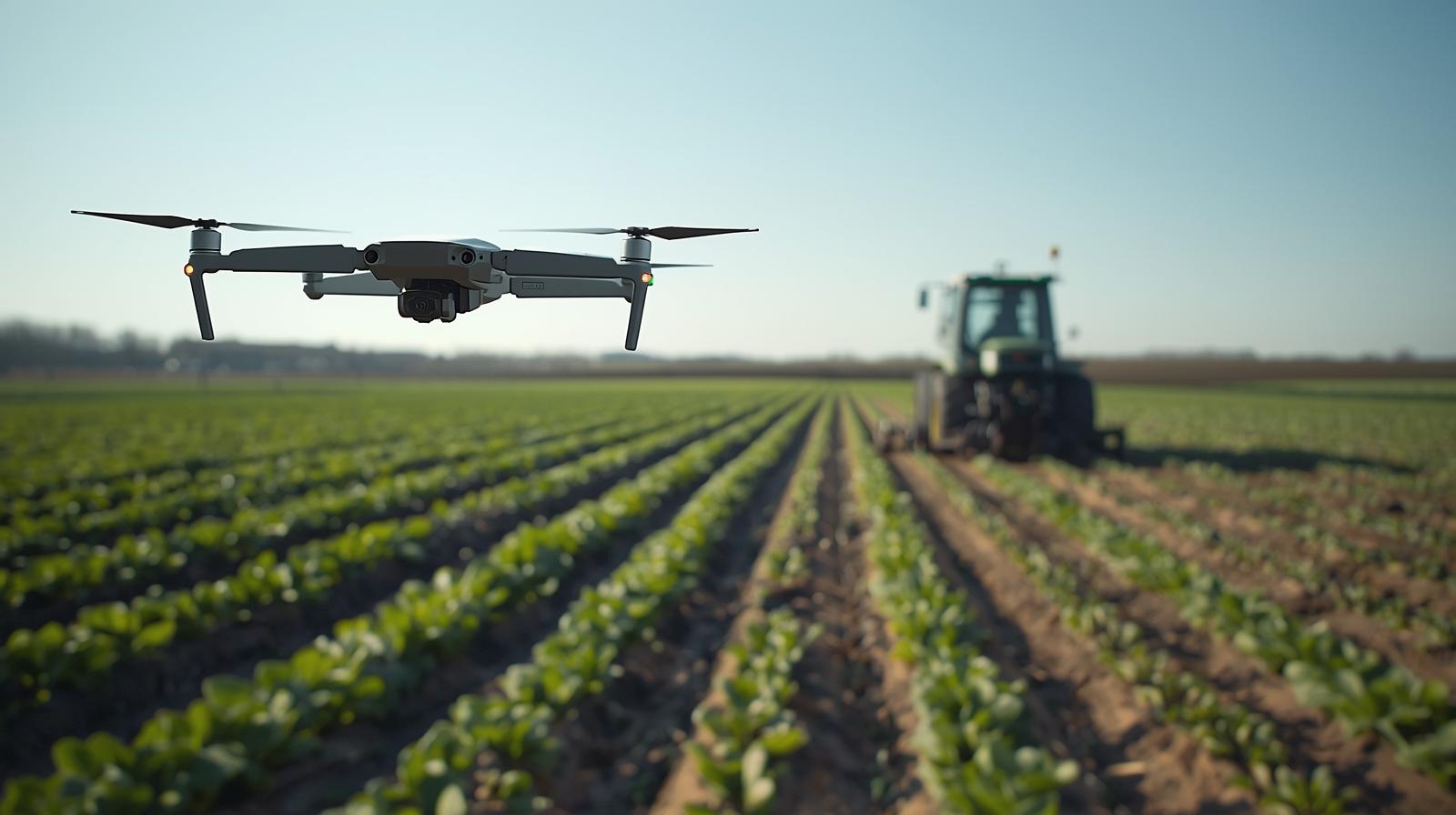Transportation has long been a cornerstone of human civilization, shaping the way societies grow, economies thrive, and cultures connect. In the modern era, the fusion of science and technology has dramatically transformed transportation systems, making them more efficient, sustainable, and intelligent than ever before. This article explores the evolution of transportation through the lens of cutting-edge scientific advancements and technological breakthroughs, with a focus on their impact within the United States.

From the earliest days of human mobility, transportation has progressed from simple walking and animal-powered methods to complex mechanized systems. The Industrial Revolution marked a pivotal shift with the invention of the steam engine, which powered locomotives and ships, facilitating rapid movement across vast distances. In the 20th century, the rise of the automobile and commercial aviation revolutionized personal and commercial travel, creating an interconnected world.
Today, transportation technology is advancing at an unprecedented pace, driven by developments in materials science, artificial intelligence, and energy innovation. One of the most significant trends in this field is the push toward electrification. Electric vehicles (EVs) have surged in popularity due to their lower environmental impact and improving battery technologies. In the United States, government incentives, expanding charging infrastructure, and advancements in lithium-ion battery efficiency are accelerating the adoption of EVs, reducing reliance on fossil fuels, and cutting greenhouse gas emissions.

Autonomous vehicles represent another frontier in transportation innovation. Self-driving cars and trucks rely on a sophisticated combination of sensors, machine learning algorithms, and real-time data processing to navigate roads safely without human intervention. This technology promises to enhance road safety, reduce traffic congestion, and improve mobility for those unable to drive. Research and testing of autonomous systems are heavily concentrated in the U.S., positioning the country as a leader in this transformative technology.
Public transportation is also undergoing a technological renaissance. Smart transit systems integrate digital tools such as GPS tracking, mobile ticketing, and data analytics to optimize routes and schedules, making public transit more reliable and user-friendly. Additionally, advances in high-speed rail technology could redefine long-distance travel within the country, offering a faster and greener alternative to air travel.
Sustainability remains a driving force behind transportation innovations. Scientists and engineers are exploring alternative fuels such as hydrogen, biofuels, and synthetic fuels to power vehicles with minimal carbon footprints. The integration of renewable energy sources with transportation infrastructure, such as solar-powered charging stations, exemplifies the holistic approach to creating an eco-friendly transportation ecosystem.
Moreover, the concept of mobility as a service (MaaS) is reshaping how people access transportation. By combining various modes of travel—including ridesharing, bike-sharing, and public transit—into unified digital platforms, MaaS offers users seamless, flexible, and cost-effective travel options. This model leverages advances in cloud computing, mobile applications, and data security to improve convenience and reduce the need for private car ownership.
The intersection of science and technology continues to unlock new possibilities for transportation, enhancing connectivity and quality of life. As innovations such as smart infrastructure, vehicle-to-everything communication, and sustainable energy sources become mainstream, the transportation landscape in the United States will undergo profound changes. These advancements promise not only greater efficiency and environmental stewardship but also a future where mobility is accessible, safe, and intelligent.
In conclusion, transportation remains a dynamic field fueled by scientific discovery and technological progress. The continuous evolution of transport systems highlights humanity’s quest to move smarter, cleaner, and faster. For the United States, embracing these innovations is critical to maintaining leadership in science and technology while addressing pressing global challenges such as climate change and urbanization. As transportation technology advances, it paves the way for a more connected and sustainable future.



